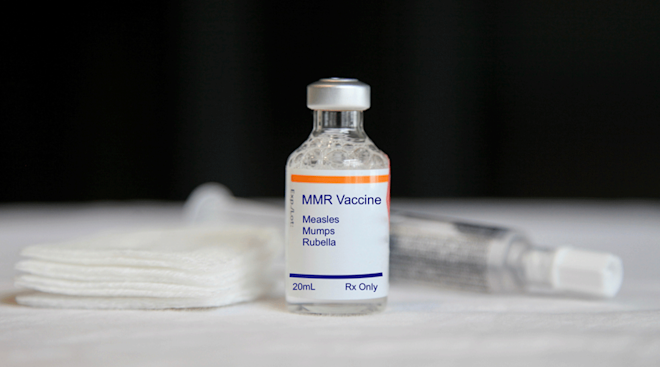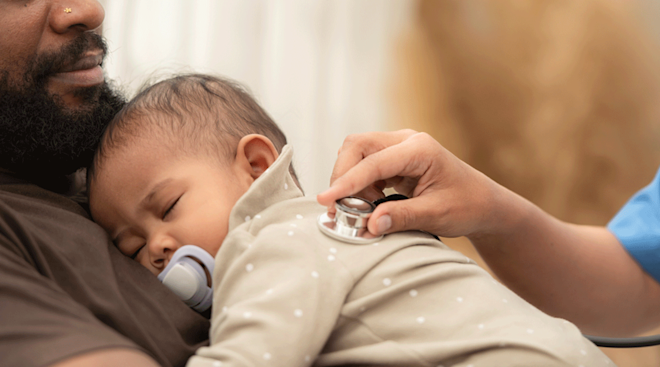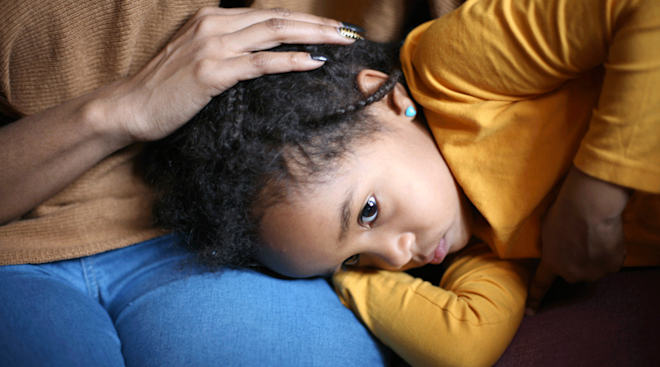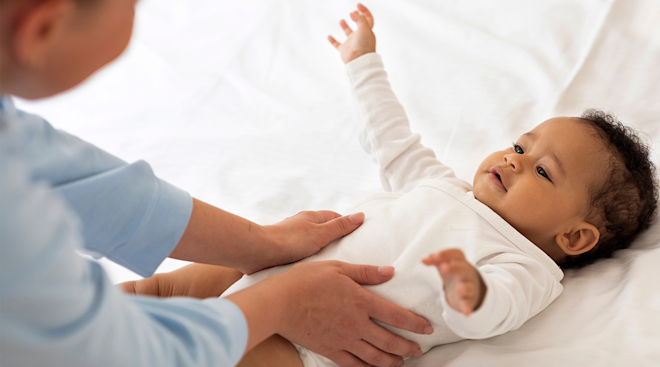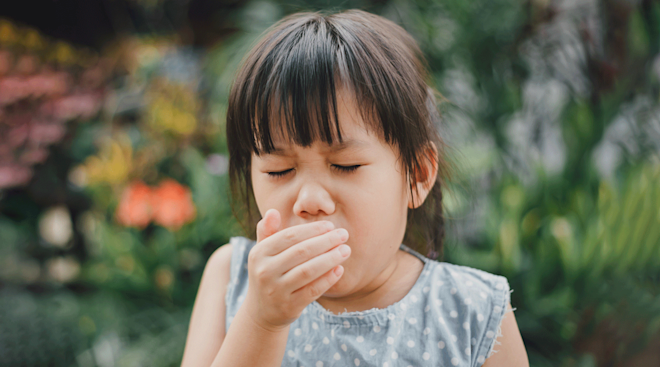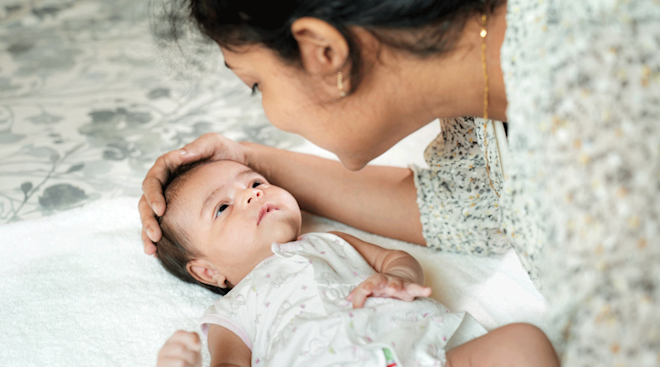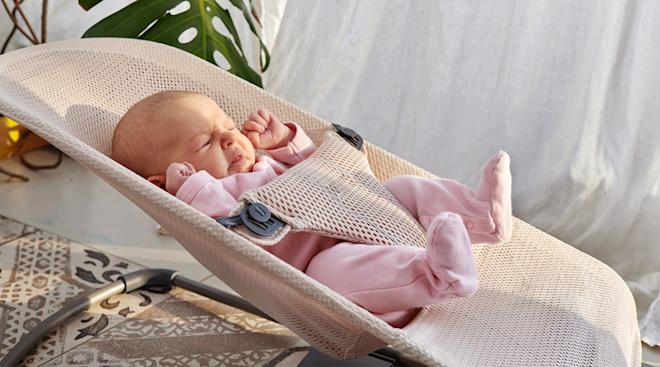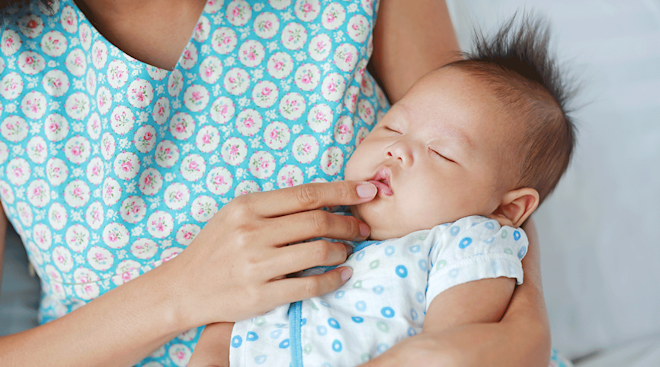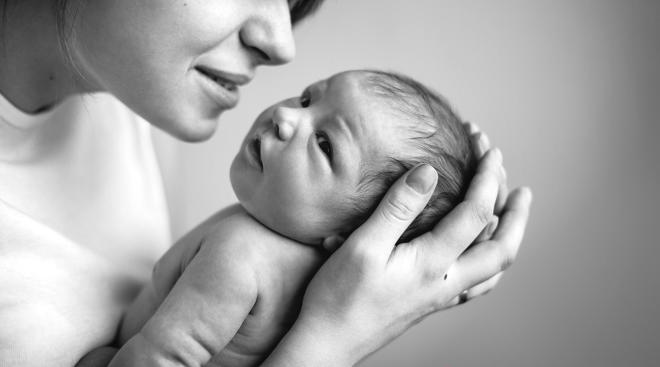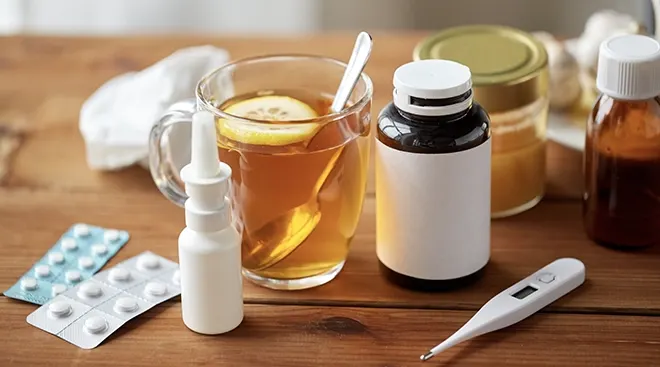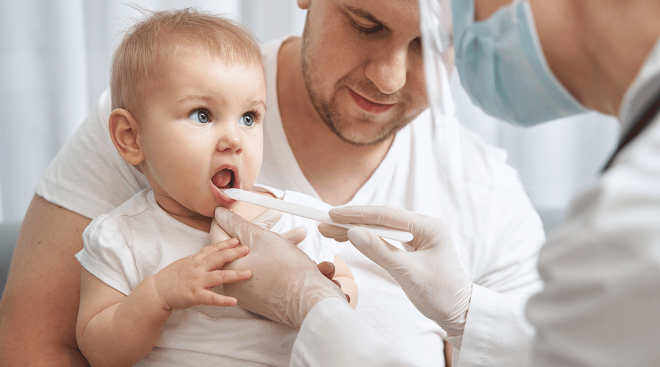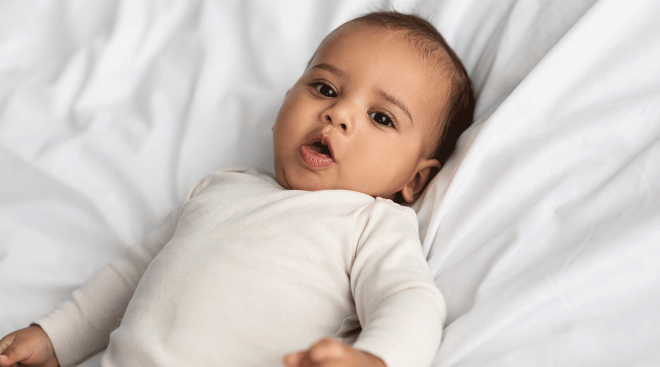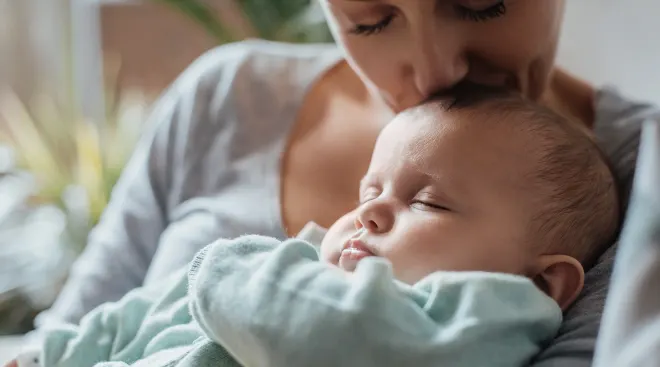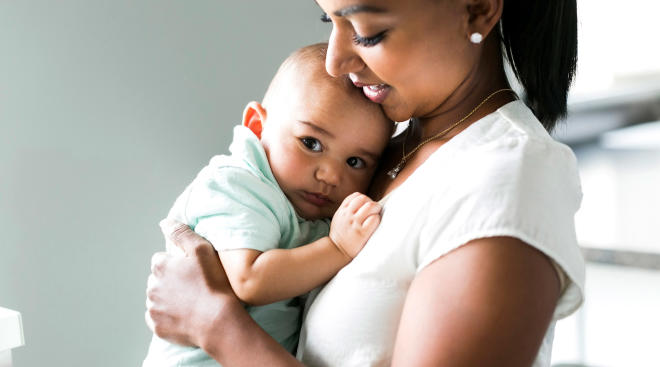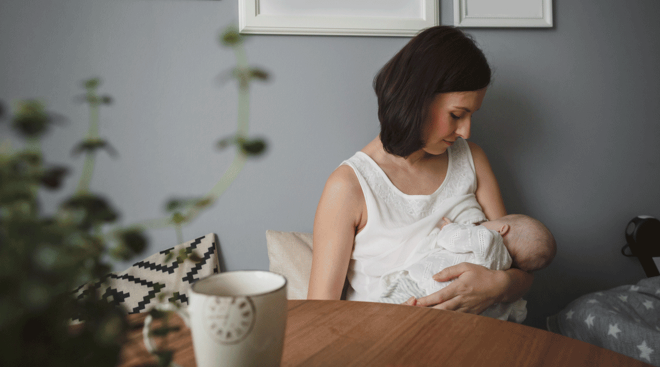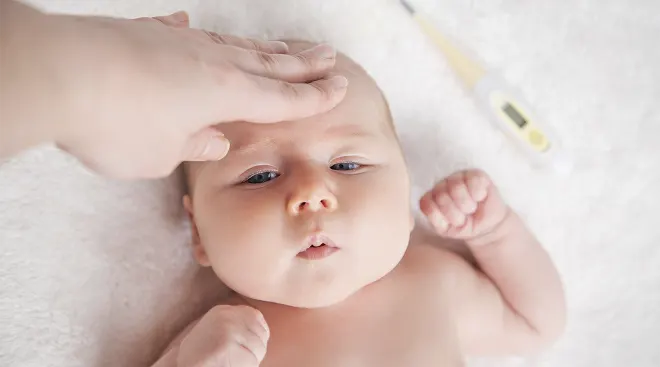Ringworm in Babies
What is ringworm in a baby?
Ringworm is a common skin infection that actually has nothing to do with worms or parasites (thank goodness)! Instead, it’s caused by a couple different kinds of fungus, including Trichophyton rubrum and Epidermophyton floccosum.
You might hear ringworm called tinea capitis or tinea pedis or some other tinea. Tinea is a Latin word that means “worm”; the second word refers to the location of the infection. (Capitis means head; pedis means feet.) Athlete’s foot and jock itch, common in much older kids and adults, are actually forms of ringworm infection.
What are the symptoms of ringworm in babies?
Ringworm produces a classic, round rash. The rash is generally reddish with a rough, scaly border; the center may be clear. The rash is usually half an inch to an inch wide, but may grow. It might be itchy.
Some types of eczema can look exactly like ringworm, especially in babies, says Natasha Burgert, MD, FAAP, pediatrician at Pediatric Associates in Kansas City, Missouri. If you notice an odd rash on your baby and don’t know what it is, don’t be afraid to ask your doc before you start to assume what it is.
Are there any tests for ringworm in babies?
A doctor can usually diagnose ringworm based on how the rash looks. If there’s any doubt, he can scrape a few cells from the rash and send them to the lab to be identified.
How common is ringworm in babies?
Although ringworm is a common childhood infection, it’s not all that common in infants and toddlers. It’s more widespread in school-age children.
How did my baby get ringworm?
“Ringworm is spread by contact,” Burgert says. It’s typically transmitted from person to person, although kids often catch ringworm from pets. (Yup, dogs and cats can get ringworm too!) The fungus that causes ringworm can linger on surfaces, too, so your child could catch ringworm by crawling on an infected surface.
What’s the best way to treat ringworm in babies?
Topical antifungal creams such as Lotrimin and Lamisil are the best treatment for ringworm. You can buy them over-the-counter without a prescription. Apply the cream according to the directions and seek medical attention if your child’s rash doesn’t begin to resolve in a few days.
If the rash doesn’t improve with an antifungal cream, you might not be dealing with ringworm. Your child’s doc will help pinpoint the cause of the rash and determine the appropriate treatment.
What can I do to prevent my baby from getting ringworm?
If you notice that your pet is missing patches of hair, take the animal to the vet for evaluation. It might have ringworm — and treating your pet’s infection may keep your child from contracting ringworm.
Keeping your child’s skin clean and dry may also help prevent ringworm infection.
What do other moms do when their babies have ringworm?
“Yesterday morning, I noticed a few little red rings on my son’s tummy. It looked really odd… My friend was over and insisted he see a doctor — I guess she’s seen ringworm before. The doc said it definitely is and just gave us a cream to apply to it. I put the cream on the inside of my arm before putting it on my son, and it felt like nothing. I put it on him, and he lost it — screaming, crying, real tears!”
“My son has ringworm — I don’t know how he got it. He doesn’t go to day care; we don’t have cats. We have a dog, but she isn’t allowed in the house. And we rarely go anywhere. It’s on the back of his legs. We just got a prescription yesterday. I couldn’t believe it was ringworm — I thought it was a heat rash.”
“My middle son got ringworm… I took him to the pediatrician and was told to use an OTC cream. I did that, and it didn’t go away, and a second spot sprouted up. I took him back to the pediatrician and was told to keep using cream — at that point, we had been using it for six weeks! I decided to take him to a pediatric dermatologist. I was given a prescription cream, used it for six weeks, those two spots were still there, and more spots showed up. At one point, he had eight spots! We were given a second prescription cream, used it for six weeks, and nothing. Then he was put on an oral prescription. We did that along with a prescription cream — we had to do two rounds. Finally, a year after his first spot showed up, we were finally rid of the dang ringworm. We don’t know how he got it. We don’t have pets. We don’t play in a sandbox. We don’t really go to anyone’s house who has pets. We had it checked by his allergist to see if it was allergic eczema, and it wasn’t. Yeah, it may be harmless, but I hated my two-year-old walking around with eight ringworm spots on his body.”
Are there any other resources for ringworm in babies?
The Bump expert: Natasha Burgert, MD, FAAP, pediatrician at Pediatric Associates in Kansas City, Missouri. She blogs at _ kckidsdoc.com._
Please note: The Bump and the materials and information it contains are not intended to, and do not constitute, medical or other health advice or diagnosis and should not be used as such. You should always consult with a qualified physician or health professional about your specific circumstances.
Navigate forward to interact with the calendar and select a date. Press the question mark key to get the keyboard shortcuts for changing dates.

































